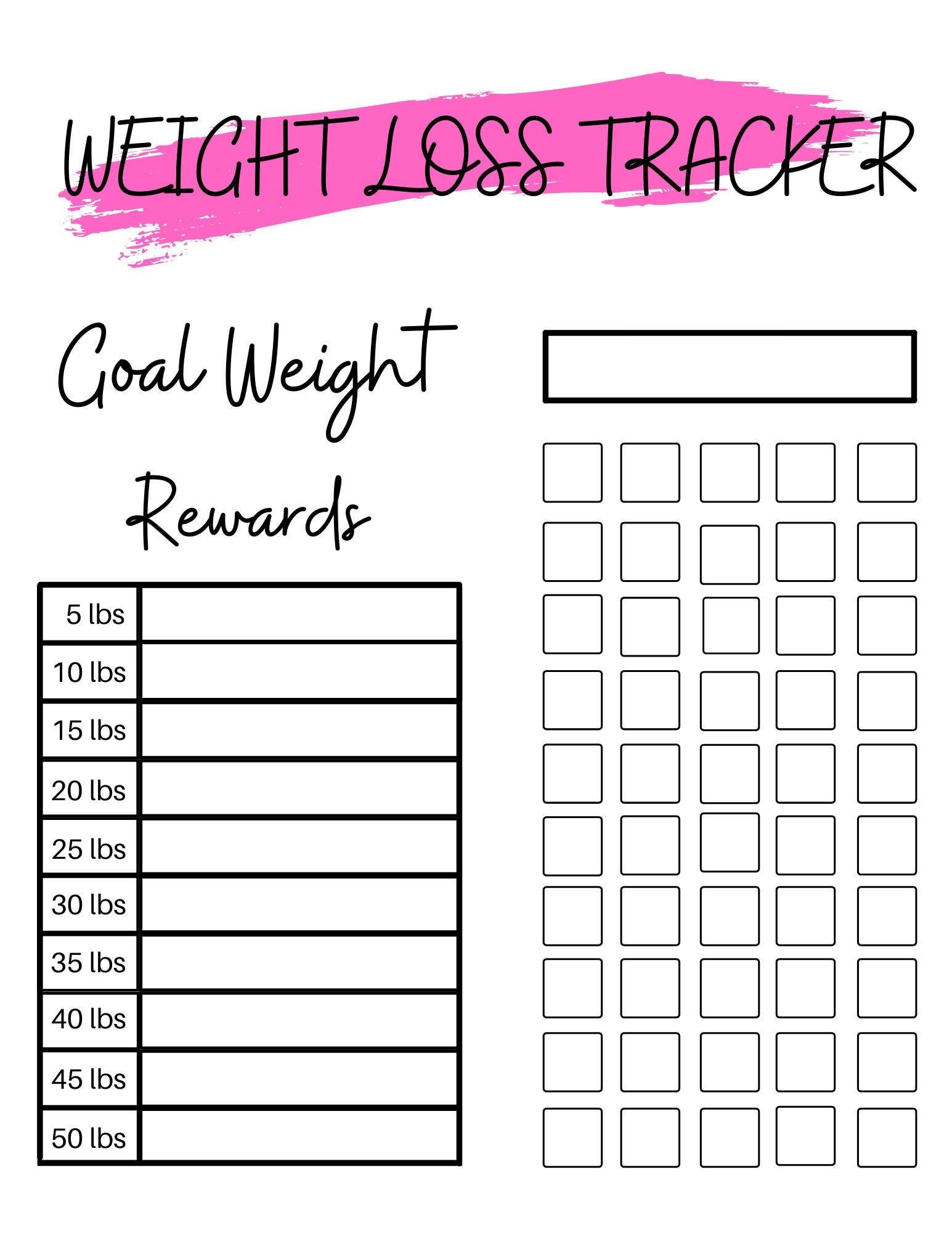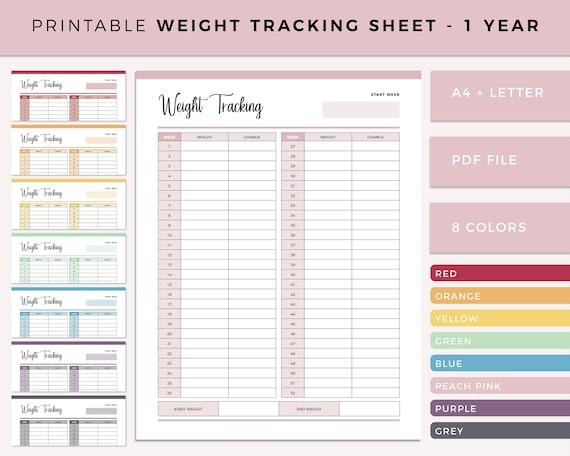Embarking on a weight loss journey requires not only determination but also a structured approach to track your progress effectively. A weight loss progress sheet is an invaluable tool that can provide clarity, motivation, and a sense of accountability. This article will guide you through the process of setting up and maintaining a comprehensive weight loss progress sheet, ensuring you stay on track to achieve your health goals. By adopting this methodical approach, you will be better equipped to monitor your achievements, identify patterns, and make informed adjustments to your regimen. Whether you’re just starting or looking to refine your strategy, understanding how to leverage a progress sheet can be the key to sustained success.
Understanding the Importance of a Weight Loss Progress Sheet
A weight loss progress sheet serves as a critical tool for anyone serious about achieving their fitness goals. This structured approach not only keeps you organized but also provides a visual representation of your journey, making it easier to identify patterns and adjust strategies. By documenting your progress, you can gain insights into what works and what doesn’t, allowing for more informed decision-making. This can significantly enhance motivation and accountability, crucial elements for success in any weight loss journey.
- Track Consistently: Regular updates to your sheet help you stay aware of your progress and setbacks.
- Set Realistic Goals: Use the sheet to break down your ultimate goal into manageable milestones.
- Identify Patterns: Monitor trends in your data to understand the impact of dietary and lifestyle changes.
- Celebrate Milestones: Recognize and reward yourself for achieving smaller goals, boosting morale.
Integrating a progress sheet into your routine is not just about numbers; it’s about fostering a deeper understanding of your personal journey. With each entry, you’re building a story of determination and resilience, paving the way for sustainable health and wellness.

Crafting an Effective Weight Loss Progress Sheet for Optimal Results
Creating a weight loss progress sheet is an essential tool in your journey towards achieving your fitness goals. To design an effective sheet, focus on incorporating key elements that provide a comprehensive overview of your progress. Start by ensuring your sheet includes basic information such as date, weight, and measurements. This will help you track tangible changes over time. Additionally, it’s crucial to add sections for dietary intake and exercise routines to monitor daily habits that contribute to your weight loss. Including a space for emotional notes can also be beneficial, allowing you to recognize patterns between your emotional state and eating behaviors.
To enhance usability and motivation, consider these features:
- Visual Aids: Incorporate graphs or charts to provide a visual representation of your progress. This can make trends easier to identify and more rewarding to follow.
- Weekly or Monthly Goals: Setting short-term goals within your sheet can keep you motivated and focused. Be sure to celebrate these small victories.
- Customizable Fields: Adapt the sheet to fit your unique needs. This may include tracking specific nutrients, sleep patterns, or water intake.
Remember, the key to a successful progress sheet is its ability to adapt to your lifestyle while providing clear insights into your weight loss journey.
Implementing Consistent Tracking Habits for Sustainable Weight Loss
To ensure you’re making consistent progress on your weight loss journey, establishing consistent tracking habits is essential. Begin by dedicating a specific time each day to update your weight loss progress sheet. This could be in the morning after waking up or at night before bed. Consistency is key, so choose a time that best fits into your daily routine. Use your progress sheet not just to track weight, but also to monitor other crucial factors like calorie intake, exercise duration, and even mood changes. These additional metrics will provide a comprehensive view of your journey and highlight areas for improvement.
- Set realistic goals: Break down your ultimate weight loss goal into smaller, manageable targets. This will keep you motivated and make your progress sheet more rewarding.
- Leverage technology: Utilize apps and digital tools that can sync with your progress sheet. Many fitness apps allow you to export data, which can be seamlessly integrated into your tracking document.
- Review regularly: Schedule weekly reviews of your progress sheet to assess what’s working and what isn’t. This habit will help you make necessary adjustments and stay on track with your weight loss plan.
- Celebrate small victories: Use your progress sheet to recognize achievements, no matter how minor. This positive reinforcement will fuel your motivation and commitment.
Analyzing and Adjusting Your Weight Loss Strategy Based on Progress Data
When striving for weight loss, your progress sheet is more than just a record; it’s a powerful tool for identifying patterns and making informed adjustments. Regularly review your data to spot trends. Are there specific days when your weight fluctuates more than usual? Look for correlations between your eating habits, physical activity, and weight changes. By understanding these connections, you can make targeted adjustments to your routine.
- Plateau Analysis: If your progress stalls, examine your sheet for patterns. Are you consuming hidden calories? Is your workout intensity consistent?
- Goal Adjustment: Use your data to set realistic milestones. If you’re consistently exceeding your targets, consider challenging yourself with more ambitious goals.
- Celebrating Successes: Highlight significant achievements on your sheet. This not only boosts motivation but also provides a clear record of what strategies work best for you.
By treating your progress sheet as a dynamic resource, you empower yourself to make smarter, data-driven decisions on your weight loss journey. Remember, it’s not just about tracking—it’s about transforming that information into actionable insights.
